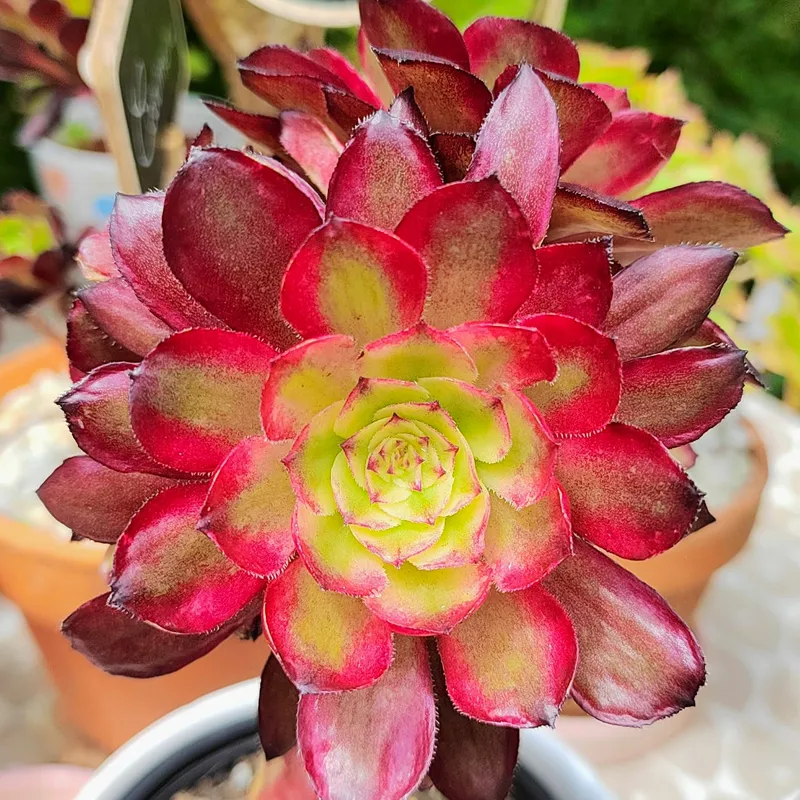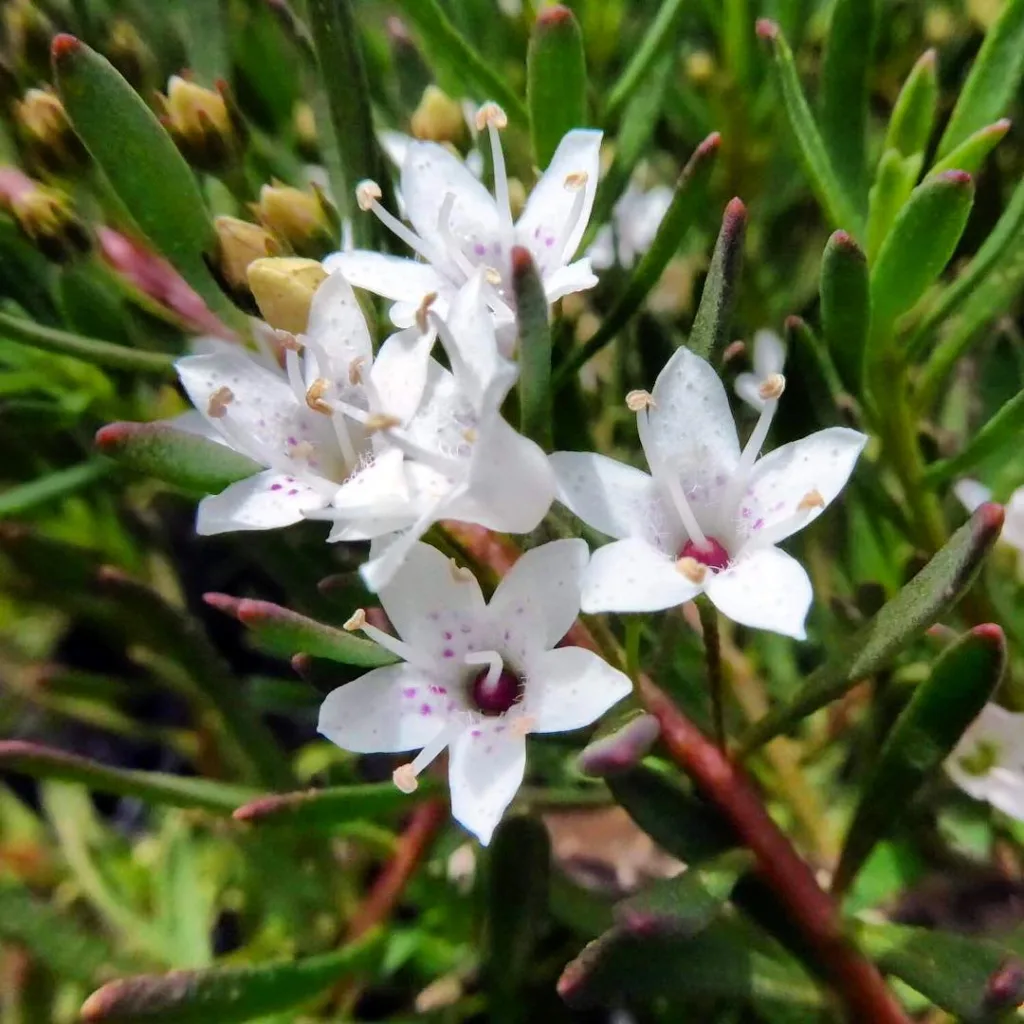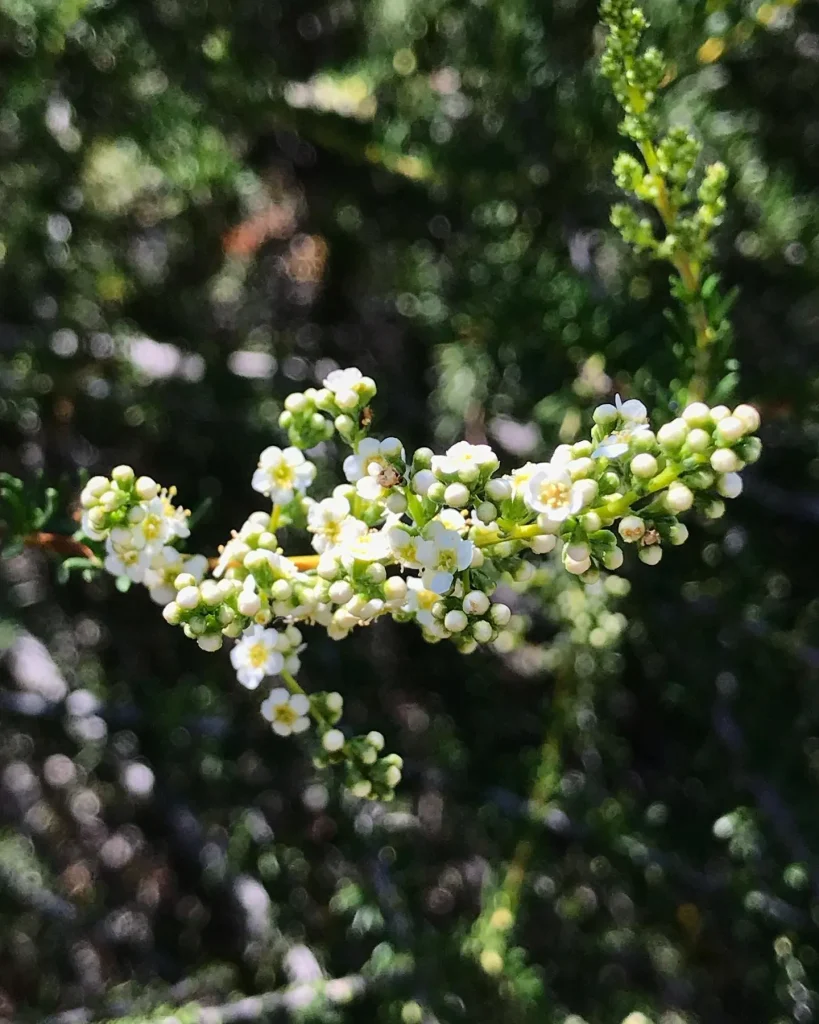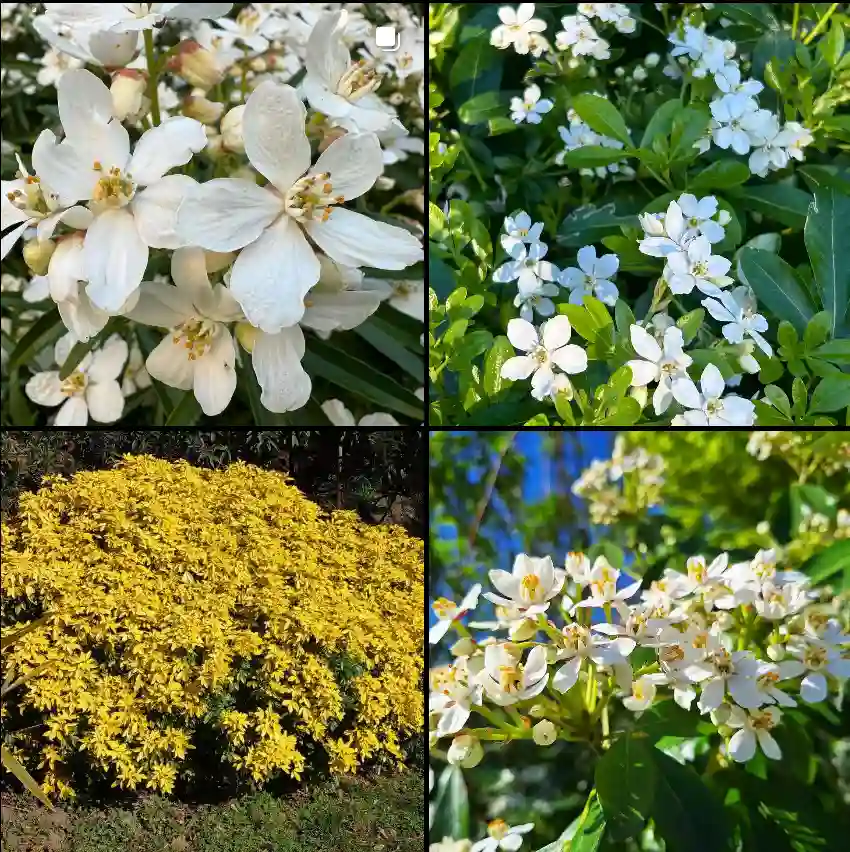FAQs About Cichorium Endivia
Cichorium Endivia, commonly known as endive, is a species of flowering plant belonging to the genus Cichorium. Its unique flavor and versatile uses make it a popular choice in various cuisines. Over time, I’ve gathered a range of frequently asked questions about this fascinating plant. Here’s what I’ve learned:
What is Cichorium Endivia?
Cichorium Endivia, or endive, belongs to the Asteraceae family and is well-known for its slightly bitter, crisp leaves. It’s often used in salads and as a cooked vegetable. This plant comes in two main types: curly endive (Frisée) and Belgian endive. Each type has its distinct appearance and flavor profile.
Plant Family: 1720 Genera in Asteraceae
Which is the Oldest Type of Cichorium Endivia?
The oldest type of Cichorium Endivia is believed to be the curly endive. This variety has been cultivated for centuries and was popular in ancient Roman times. Its origins can be traced back to Mediterranean regions, where it was valued for its flavor and medicinal properties.
How to Care for Cichorium Endivia?
Caring for Cichorium Endivia is relatively straightforward. Here are some tips based on my experiences:
- Soil: Endive prefers well-draining soil rich in organic matter. A pH level between 6.0 and 7.0 works best.
- Light: This plant thrives in full sun but can tolerate partial shade, especially in hotter climates.
- Watering: Keep the soil consistently moist but not waterlogged. Endive has shallow roots and benefits from regular, moderate watering.
- Temperature: Endive is cool-season tolerant and grows best in temperatures ranging from 60°F to 70°F (15°C to 21°C). It may bolt (flower) if temperatures rise too high.
How to Propagate Cichorium Endivia?
Propagating Cichorium Endivia is primarily done through seeds. Here’s a simple guide:
- Seed Sowing: Start seeds indoors 6-8 weeks before the last frost date. Sow seeds ¼ inch deep in seed-starting mix.
- Transplanting: Once seedlings are large enough to handle and have developed true leaves, transplant them outdoors after the danger of frost has passed. Space plants about 6-8 inches apart.
- Direct Sowing: You can also sow seeds directly into the garden soil in early spring or late summer for a fall crop.
What to Plant with Cichorium Endivia?
Cichorium Endivia grows well with other cool-season crops like:
- Carrots: They can grow together without competing for resources.
- Radishes: Their fast growth helps to loosen the soil for endive roots.
- Peas: They can provide natural nitrogen to the soil, benefiting endive growth.
Avoid planting endive with crops like fennel or other members of the chicory family to prevent disease and pest issues.
Can You Grow Cichorium Endivia Indoors?
Yes, you can grow Cichorium Endivia indoors, provided you have adequate light. A sunny window or grow lights can help ensure that your endive gets enough light. Indoor growing also allows for better control of temperature and pests, making it a viable option for those with limited outdoor space.
Is Cichorium Endivia Toxic?
No, Cichorium Endivia is not toxic. It is safe for consumption and can be a nutritious addition to your diet. However, as with any food, it’s best to wash it thoroughly before eating to remove any potential contaminants.
Benefits of Cichorium Endivia
Cichorium Endivia offers several health benefits:
- Nutrient-Rich: It is high in vitamins A, C, and K, as well as folate and fiber.
- Digestive Health: The fiber content supports digestive health and regular bowel movements.
- Antioxidants: Endive contains antioxidants that help combat free radicals and may reduce inflammation.
Common Problems with Cichorium Endivia
Despite its benefits, Cichorium Endivia can encounter some issues:
- Bolting: In warmer temperatures, endive may bolt, causing it to flower prematurely and become bitter.
- Pests: Aphids and slugs can be problematic. Regularly inspect your plants and use organic pest control methods if needed.
- Diseases: Watch out for fungal diseases like powdery mildew and downy mildew. Proper spacing and good air circulation can help prevent these issues.
Comparing Cichorium Endivia with Similar Plants
Cichorium Endivia can sometimes be confused with other leafy greens like:
- Cichorium Intybus: Also known as chicory, this plant is often used for its roots, not its leaves.
- Lettuce: While similar in appearance, endive has a more bitter flavor compared to the mild taste of lettuce.
By understanding these distinctions and care requirements, you can enjoy a successful endive harvest and make the most of this versatile vegetable in your culinary creations.
If i die, water my plants!



